BYD's Qin L EV: A Rear-wheel Drive EV with Independent Suspension, Is It Building a Model 3 Rival?
![]() 03/14 2025
03/14 2025
![]() 581
581
In just a week, Qin L EV is poised to become BYD's most affordable pure electric rear-wheel-drive vehicle. Compared to its Qin L DM-i counterpart, Qin L EV not only boasts a fresh exterior design that echoes the latest Han model but also features a 30mm longer wheelbase, a new refrigerator, a column-mounted shifter, and an upgraded suspension system. The front suspension now mirrors the double-ball-joint MacPherson suspension found in the Seal 06GT, while the rear suspension abandons the four-link setup of the plug-in hybrid version in favor of a five-link structure offering higher tuning redundancy. Moreover, being built on the e-platform 3.0 Evo, this new vehicle promises improvements in charging speed and interior space.
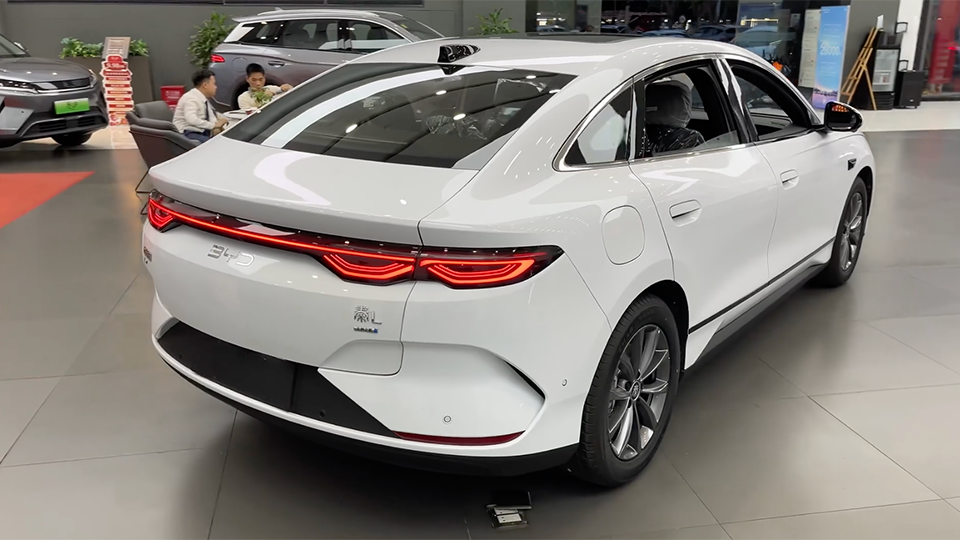
Despite a 110mm reduction in vehicle length, the interior space and seating position remain largely unchanged.
Among the notable changes between Qin L DM-i and Qin L EV are a 110mm decrease in body length and a 20mm reduction in width. While the change in width has minimal impact on interior space, does the nearly 10cm reduction in length affect rear legroom? Surprisingly, it does not. Qin L DM-i's front axle needs to accommodate the engine and motor unit, adhering to a short L113 concept that maximizes space within the front passenger compartment. In contrast, Qin L EV, with its single rear-mounted motor, experiences no significant layout pressure on the front axle, allowing for a front trunk in addition to the heat pump air conditioning system.
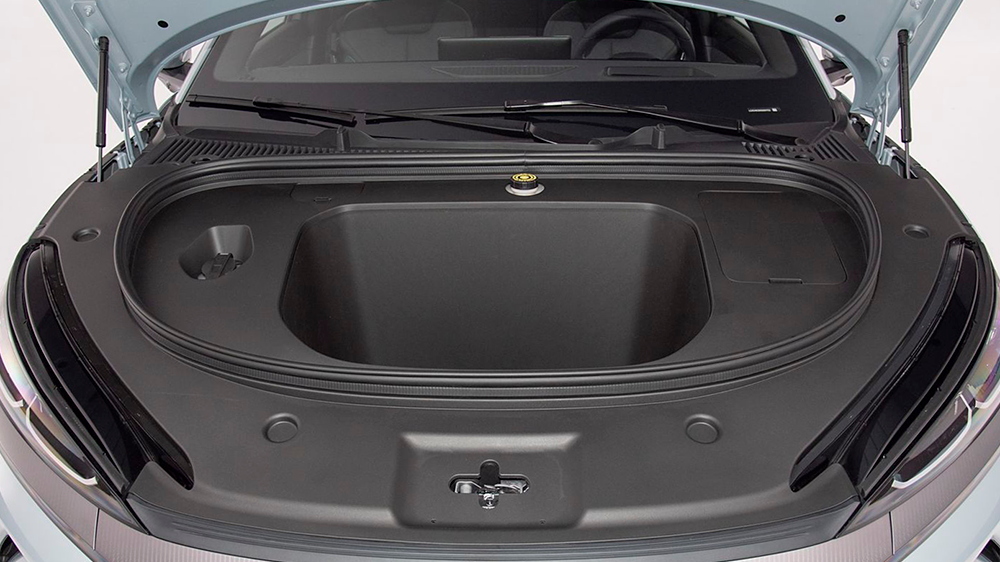
Adhering to the short L113 concept, when the vehicle length is shortened, the front suspension is theoretically compressed proportionally. To preserve or expand the cabin's longitudinal space, the most effective method is to shorten the rear suspension proportionally as well. This short front and rear suspension design is typical of a four-wheel-at-the-corners layout, which corresponds to an increased wheelbase. Indeed, this is evident from the side profiles of both vehicles, with Qin L EV clearly shortened in this area. With an increased wheelbase ratio, the theoretically available longitudinal space in the front and rear rows is almost identical to that of Qin L DM-i.
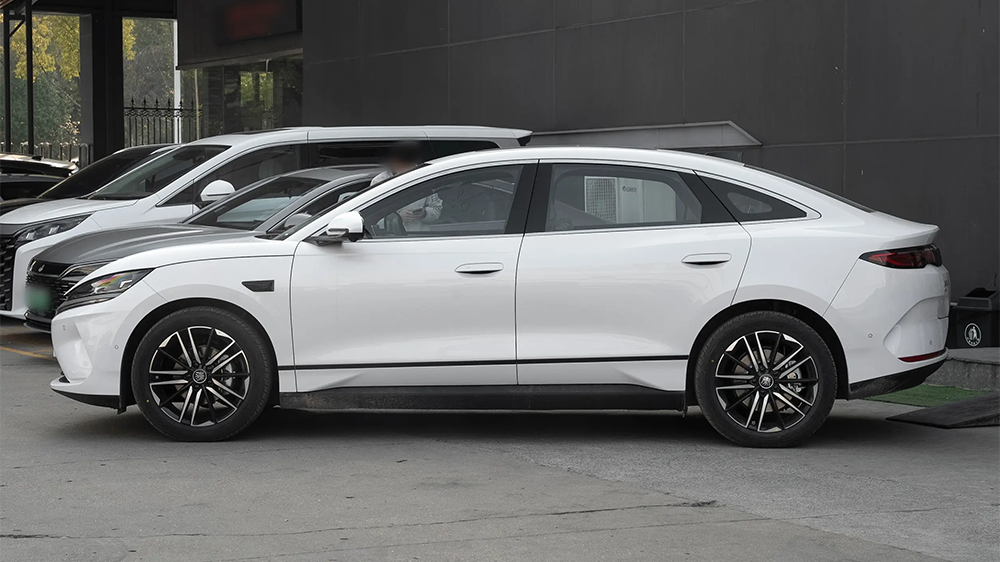
One detail worth noting on the side of Qin L EV is the flush door handle design, unlike Qin L DM-i's handle located below the shoulder line. This raises the question of whether Qin L EV's seating position has been raised. While a pure electric vehicle's chassis must accommodate a larger battery pack than a plug-in hybrid, current technology easily addresses the challenge of maintaining headroom. The intrusion of the battery pack into the floor height has been optimized through technologies like CTB, CTC, or CTP, which integrate the battery pack directly with the floor and seats, releasing upward spatial pressure. Additionally, the e-platform 3.0 Evo's endoskeletal CTB architecture theoretically adds another 10-20mm of Z-axis space, and the closed-section rolled crossmembers enhance chassis strength. With the vehicle height remaining unchanged at 1495mm, the seating positions of both vehicles are quite similar.
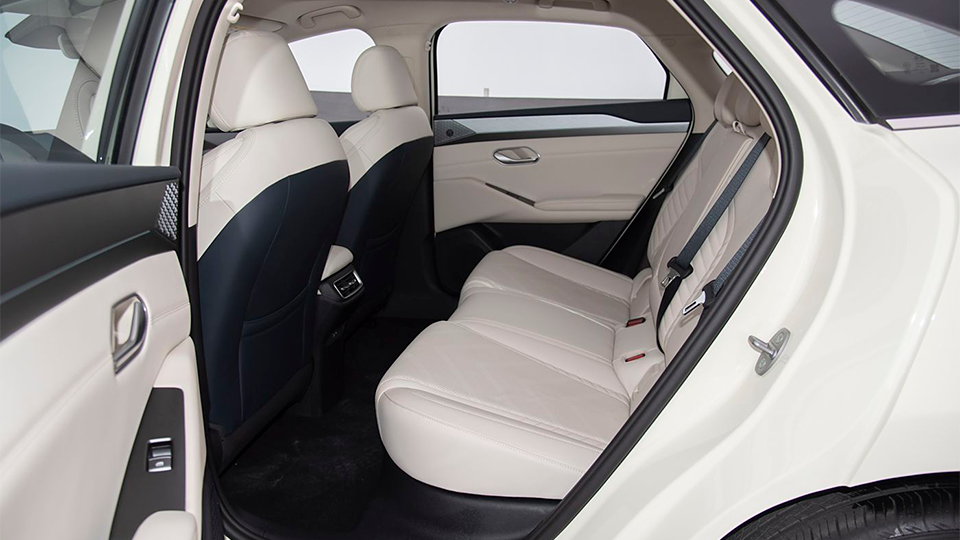
Judging from the front-mounted tri-ocular camera and the absence of LiDAR sensing hardware, Qin L EV is equipped with the Tian Shen Zhi Yan C intelligent driving system, currently supporting high-speed piloting and automatic parking. Enabling low-compute urban memory piloting on the vehicle side poses a challenge due to insufficient training data. However, real-world operation data can be collected through sensors using the market base of its intelligent driving version. Once sufficient data is collected, model training iterations can be triggered, matching measured data with human operations through deep algorithms to simulate lane-changing, overtaking, and U-turn control logic. This completes the entire data loop, and there should be no major issues in enabling this function by the end of the year. However, the system's handling of details and overall effectiveness will need to be evaluated after practical tests.
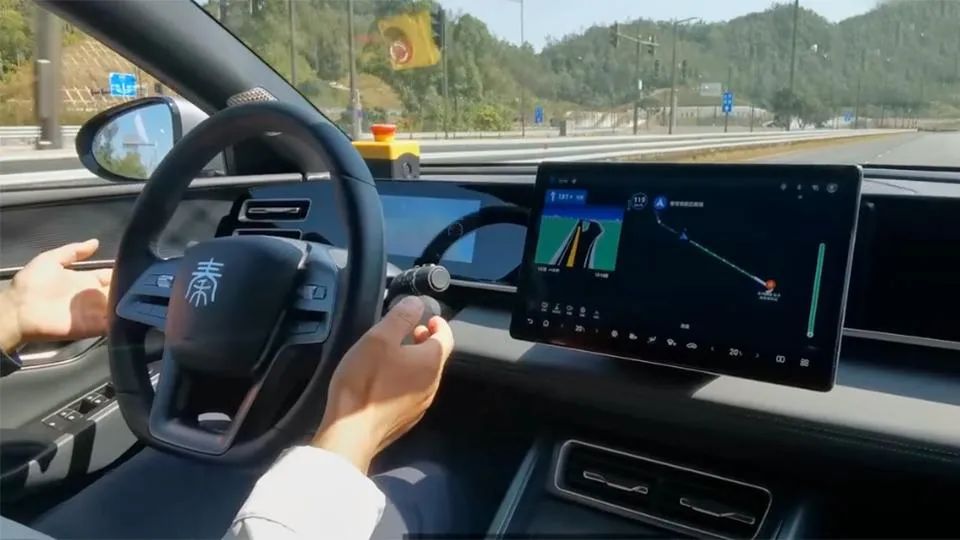
The new suspension prioritizes comfort, and the charging speed will also increase.
The e-platform 3.0 Evo's core lies in the rear-mounted motor layout, which supports a wide-temperature-range heat pump, iTAC motion control, and a twelve-in-one electric drive system capable of accommodating a 23,000 rpm high-performance, high-power motor. Despite this, Qin L EV's early application information lists only two power outputs of 110kW and 160kW, excluding the anticipated 200kW model found in the Seal 06GT. This positioning suggests a focus on comfort. The adoption of the new suspension further supports this notion.

Starting with the front suspension, Qin L EV follows the Seal 06GT's approach: a double-ball-joint MacPherson suspension. This design replaces a single connecting rod connected to the steering knuckle with two connecting rods and two steering knuckles, providing different kingpins for the steering wheel under various motion states. Equipping a MacPherson suspension with a virtual kingpin is a secret to improving handling, as seen in early BMW M Power series and Porsche 911 models. While a double-wishbone suspension offers better handling limits, it must be considered in conjunction with usage scenarios and cost. BMW M series and 911 opt for a virtual kingpin MacPherson suspension due to their high-power rear-wheel-drive nature with minimal load requirements on the front axle. This suspension increases the effective contact area between the tire and the ground, making it a suitable replacement for a double-wishbone suspension in a properly tuned rear-wheel-drive pure electric vehicle.
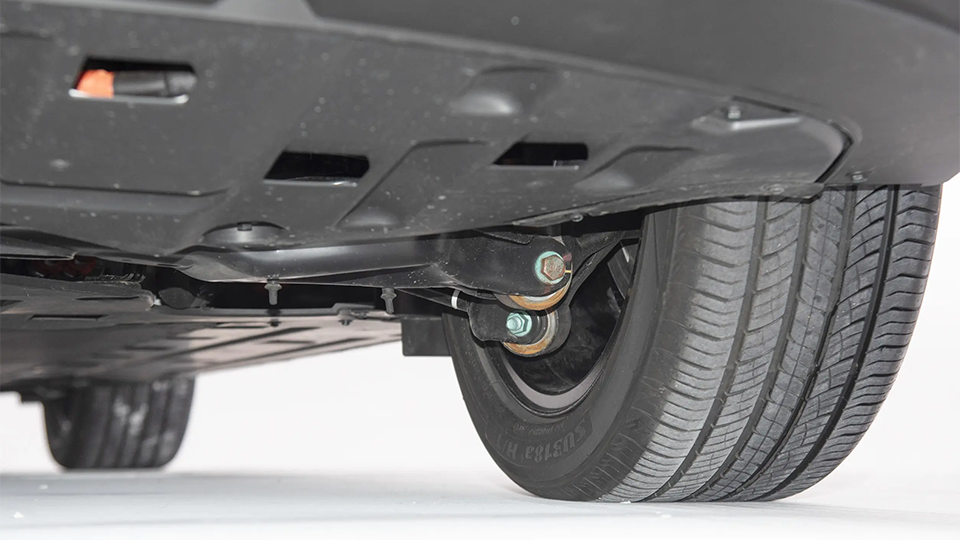
With this front suspension, will Qin L EV handle better than Qin L DM-i? This requires discussing the rear suspension. Among current mainstream pure electric rear-wheel-drive sedans, both Qin L DM-i and Geely Yinhe E8 use an E-type four-link structure. The comfort upper limit of this structure is determined by bushings, materials, and tuning, with the sole longitudinal control arm playing a crucial role. Theoretically, a longer connecting rod enhances the ability to reduce longitudinal suspension bounce. However, since the control arms on both sides and the body are not connected horizontally, the length of the longitudinal arm can encroach on space, which is unfavorable for pure electric vehicles prioritizing chassis space flexibility. Upgrading to a five-link structure not only eliminates this problem but also raises the tuning upper limit. Considering that neither Qin L EV's control arm nor steering knuckle are made of aluminum alloy, it's evident that handling is not a priority. Instead, the vehicle aims to utilize the front and rear suspension characteristics to amplify comfort.
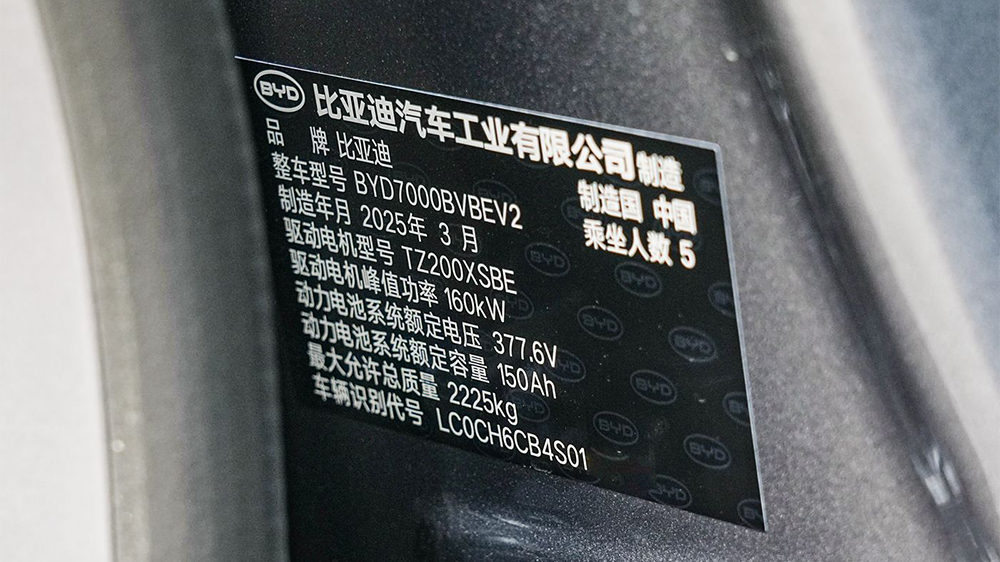
As BYD has yet to reveal details about the second-generation Blade Battery, it's unclear what charging rates the 46.08kWh and 56.64kWh batteries can achieve. However, it's certain that these capacities are smaller than those of the Qin PLUS EV, which has a lower positioning and lighter curb weight. Despite this, the pure electric range is increased by 50km and 35km, respectively, under CLTC conditions, indicating that Qin L EV's energy consumption will not be excessively high. Excluding the factor of low power consumption from the low-power motor, more changes will be seen in the entire electric drive and energy management strategy. Notably, the newly exposed vehicle's nameplate clearly indicates a rated voltage of 377.6V for the power battery system. Therefore, under the same power charging conditions, Qin L EV will charge faster than Qin PLUS EV.







